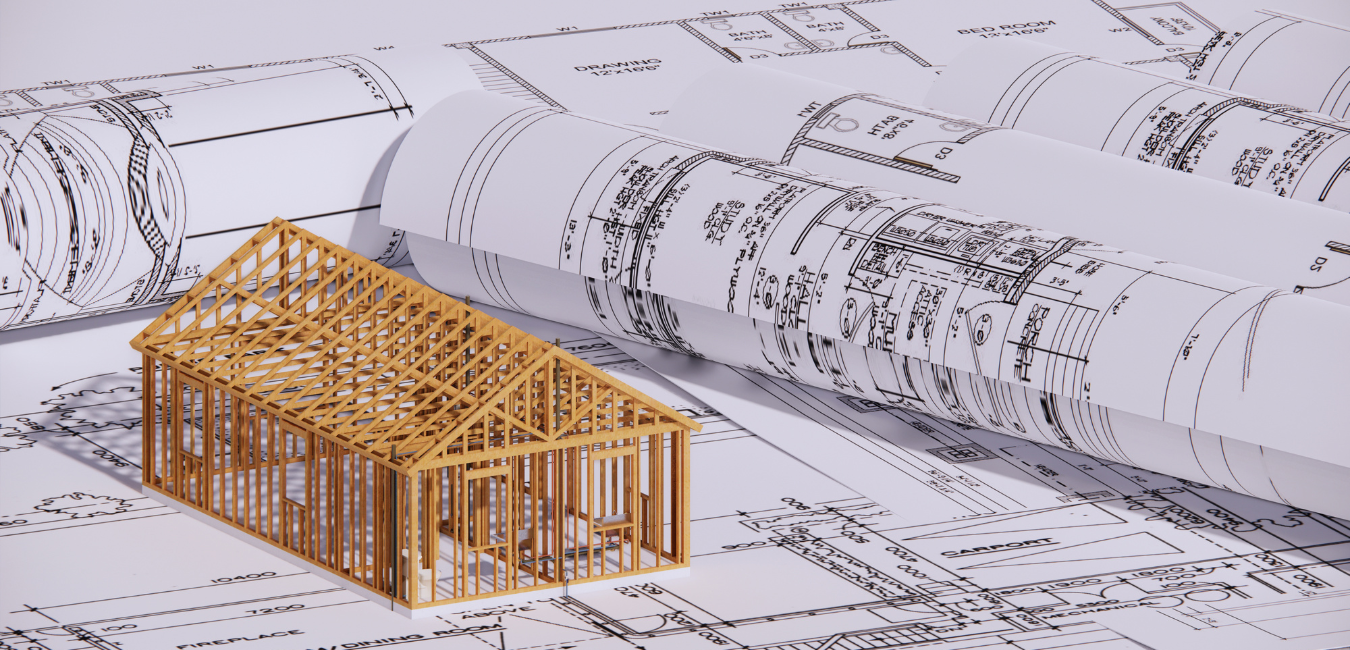A Thorough Overview of Architectural Designs and Their Influence on Modern City Planning and Development
Architectural styles have actually long served as a mirror to the social values and technical innovations of their time, playing a vital role in forming modern-day city planning and growth. From the magnificence of Neoclassicism to the utilitarian strategy of Brutalism, each style has actually introduced unique ideas that influence city looks and functionality.
Historic Summary of Building Styles
Throughout background, building styles have actually evolved in feedback to cultural, technical, and environmental aspects. Each duration mirrors the prevailing worths, ideas, and developments of its time, bring about a rich tapestry of layout that signifies human imagination and adaptation. The old worlds, such as the Egyptians and Greeks, developed fundamental styles that highlighted proportion and proportion, serving both practical and visual purposes.
As societies transitioned via the Center Ages, Gothic architecture arised, identified by its verticality and intricate outlining, matching the spiritual aspirations of the period. The Renaissance noted a revival of classic perfects, combining art and style in cutting-edge manner ins which affected succeeding designs throughout Europe.
The Industrial Revolution introduced new products and construction methods, triggering activities like Innovation, which tested traditional forms and embraced simpleness and performance. The 20th century saw a diversity of designs, with Postmodernism responding versus the plain minimalism of its precursor, including historic references and diverse aspects.
Today, building styles continue to progress, driven by globalization and sustainability worries, showing a vibrant interaction between heritage and technology. This historic review emphasizes the value of style as a mirror of social advancement and as a stimulant for city advancement.
Secret Architectural Styles Explained
The diversity of architectural styles mirrors the myriad impacts that form our developed atmosphere, each symbolizing distinct characteristics and social values. Trick architectural styles consist of Timeless, Gothic, Baroque, Innovation, and Postmodernism, each representing unique historic contexts and visual viewpoints.
Timeless design, rooted in ancient Greece and Rome, highlights symmetry, percentage, and making use of columns. In comparison, Gothic design, prospering in the center Ages, is identified by sharp arches, ribbed safes, and flying buttresses, creating an ethereal top quality in cathedrals. Baroque design, emerging in the 17th century, is noted by grandeur, intricate ornamentation, and a vibrant interplay of light and shadow.

Recognizing these designs provides insight right into the cultural stories and technical improvements of their respective periods, highlighting just how design offers not equally as a shelter, however as a representation of social values and goals.
Effect on Urban Planning
In forming the development of cities, building styles dramatically influence city planning choices. The choice of building style frequently determines the looks, functionality, and total character of metropolitan atmospheres.
Furthermore, building styles can affect zoning laws and land use plans. Urban organizers should take into consideration the prevailing building fads when developing areas, ensuring that new growths harmonize with existing structures. This factor to consider promotes natural urban landscapes and enhances neighborhood identification.
The implementation of particular building designs can additionally affect socioeconomic factors within a city. For example, premium modern layouts may attract upscale citizens and organizations, resulting in gentrification, while much more budget-friendly real estate remedies might prioritize useful and sustainable styles to fit varied populaces. Eventually, the interplay between architectural designs and city planning creates dynamic cities that reflect both historic context and modern requirements, shaping the lived experiences of their residents.
Sustainability and Modern Design
Architectural styles play a crucial duty in attending to modern obstacles, specifically in the realm of sustainability. As urban areas broaden and environmental issues heighten, contemporary architecture significantly welcomes sustainable design concepts that prioritize energy efficiency, source conservation, and minimal environmental impact.
Contemporary building motions, such as biophilic design and environment-friendly style, advocate for frameworks that balance with their surroundings, making use of natural products and advertising biodiversity - cda architects. These styles typically include renewable resource sources, such as solar panels and wind generators, to reduce dependence on nonrenewable fuel sources and lower carbon impacts
Furthermore, the integration of sophisticated technologies, such as clever building systems, improves energy administration, maximizing source usage while making certain resident convenience. Innovative water administration strategies, consisting of rain harvesting and greywater recycling, additional add to sustainable metropolitan settings.
Especially, sustainability extends beyond ecological problems; it encompasses social and financial measurements. By fostering neighborhood health and promoting inclusivity, modern building designs align with sustainable advancement objectives. Subsequently, the evolution of building techniques remains to form durable cities that not just fulfill this contact form the demands of the here and now however additionally guard the future for generations ahead.
Community Engagement in Design
Community engagement in style acts as an essential bridge in between designers and the populations they serve, making sure that the constructed setting mirrors the needs and aspirations of its users. This collaborative process welcomes area participants to add their understandings and choices, promoting a sense of ownership and responsibility towards the rooms they live in.
Reliable area interaction Bonuses uses numerous approaches, such as workshops, studies, and public online forums, to gather diverse viewpoints (cda architects). These strategies assist in a two-way dialogue, allowing designers to comprehend neighborhood contexts while encouraging homeowners to voice their issues and desires. This inclusivity not just improves the design high quality however also advertises social equity by attending to the distinct challenges encountered by marginalized groups

Conclusion
Architectural styles have actually greatly influenced contemporary city visit their website preparation and advancement, showing advancing social and technical contexts. The assimilation of historic aesthetic appeals with modern requirements promotes metropolitan settings that focus on sustainability and neighborhood interaction. As cities proceed to grow and adapt, the recurring discussion between building heritage and modern-day design principles will remain important in creating inclusive, vibrant rooms that boost top quality of life and promote social equity. The future of urban development rest on this unified balance.